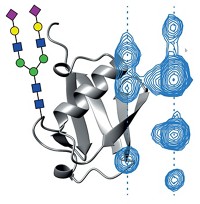Advertisement
Grab your lab coat. Let's get started
Welcome!
Welcome!
Create an account below to get 6 C&EN articles per month, receive newsletters and more - all free.
It seems this is your first time logging in online. Please enter the following information to continue.
As an ACS member you automatically get access to this site. All we need is few more details to create your reading experience.
Not you? Sign in with a different account.
Not you? Sign in with a different account.
ERROR 1
ERROR 1
ERROR 2
ERROR 2
ERROR 2
ERROR 2
ERROR 2
Password and Confirm password must match.
If you have an ACS member number, please enter it here so we can link this account to your membership. (optional)
ERROR 2
ACS values your privacy. By submitting your information, you are gaining access to C&EN and subscribing to our weekly newsletter. We use the information you provide to make your reading experience better, and we will never sell your data to third party members.
Analytical Chemistry
Method identifies histone modifications
June 4, 2007
| A version of this story appeared in
Volume 85, Issue 23
Post-translational modifications (PTMs) of histones—the protein spools that DNA is wound around—help regulate gene expression. Figuring out whether combinations of these PTMs make up a histone code has been difficult because of the challenge of determining multiple PTMs simultaneously. The H3 histone has such a complicated PTM pattern that analyzing intact proteins via high-resolution mass spectrometry (MS) has been insufficient for characterization. Craig A. Mizzen, Neil L. Kelleher, and coworkers at the University of Illinois, Urbana-Champaign, deal with the complexity by combining hydrophilic interaction chromatography (HILIC) with Fourier transform MS of only the first 50 residues of H3, where most of the known modification sites are located (Nat. Methods, DOI: 10.1038/nmeth1052). HILIC separates the histone subtypes first according to the degree of acetylation and then by the degree of methylation. The researchers identified more than 150 combinations of PTMs on one type of histone H3 found in human cancer cells. Many of these combinations had not been seen previously.




Join the conversation
Contact the reporter
Submit a Letter to the Editor for publication
Engage with us on Twitter